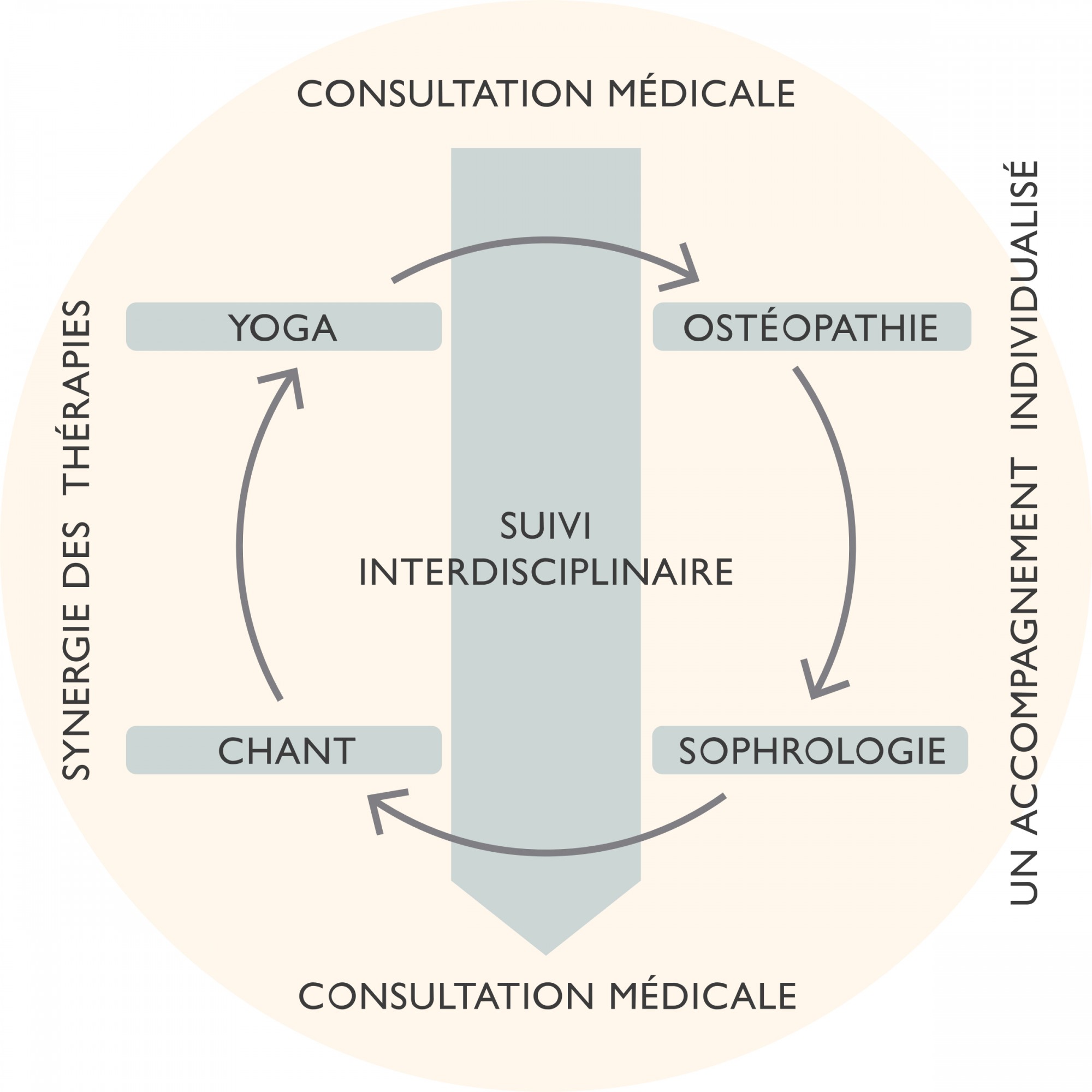
The medical examination
Know moreThe first long consultation combines attentive listening to the child and his parents with a meticulous clinical examination, a real assessment of the situation.
This complete medical examination includes :
**- AN EXPLORATION OF THE RESPIRATORY FUNCTION
SKIN ALLERGY TESTS**- SCIENTIFICALLY VALIDATED QUESTIONNAIRES
- SCIENTIFICALLY VALIDATED QUESTIONNAIRES:
ANXIETY, QUALITATIVE ASSESSMENT OF BREATHING **.
If there is an anxiety component in the symptoms, a treatment plan will be proposed that takes into account the child's age, needs and affinities.
Development of the programme
The programme is developed in consultation with the child so that he or she feels part of the programme.
This programme includes a cycle of a determined duration including different workshops (individual or small group sessions) and treatments. A minimum regularity and a certain degree of sequencing of these workshops is necessary to obtain synergy and effectiveness of these therapies.
The doctor accompanies and coordinates the overall treatment. There is constant communication between the therapists, which makes it possible to adapt the course of treatment during the cycle if necessary.
The important thing is therefore not to simply add up successive practices or opinions but to optimise them towards a well-defined health objective that is more useful and effective.
Assessment of the benefits
At the end of this cycle, there will be an evaluation of the benefits by validated questionnaires giving :
-The measurement of the evolution of the qualitative aspect of breathing.
-The measurement of the impact of the cycle on the symptom
At the end of the cycle, the possible needs for maintenance and a personalized follow-up will also be determined.
THE CHOICE OF THERAPIES
The choice of therapies and especially of therapists has been validated by my experience and comprises four fundamental pillars:
Yoga
The practice of yoga according to B.K.S Iyengar® is based on a thorough practice of yoga postures called ASANAS and PRANAYAMA, the art of breathing.
It is a rigorous method based on the alignment of the body and precision in the yoga postures.
Iyengar Yoga is characterised by
• Attention to the alignment of the different parts of the body in space
• An organisation of postural sequences
• Time in the postures
• The use of supports: straps, bricks, blankets, chairs, ropes,...
The teaching is progressive and adapted to the physical possibilities of each person. The use of supports facilitates the learning of yoga postures in order to develop the body's capacity in the posture.
ASANA - POSTURES
The āsana bring solidity and lightness to the limbs. A stable posture gives mental balance and prevents the mind from being fickle. The āsana are not mere gymnastic exercises; they are postures. By practising them, one develops flexibility, balance, stamina and gains great vitality. The āsana, which have been developed over centuries, are designed to exercise every muscle, nerve and gland in the body. They reduce fatigue and soothe the mind. But their real importance lies in the way they exercise and discipline the mind. Health is the silence of physical and mental awareness. The yogi frees himself from physical limitations and mental dispersion by practising the āsana.
The names of the āsana are significant; they illustrate the stages of evolution. Some are named after plants: tree (vrksa), lotus (padma); insects: grasshopper (śalabha), scorpion (vrśchika); aquatic and amphibious animals: fish (matsya), turtle (kūrma), frog (bheka or mandūka), crocodile (nakra). Some āsana are called by bird names: cock (kukkuta), heron (baka), peacock (mayura), swan (hamsa). Others of quadrupeds: dog (svāna), horse, (vātāyana), camel (ustra), lion (simha). Reptiles such as the snake (bhujanga) are not forgotten, nor is man in his embryonic state (garbha-pinda). Legendary heroes lend their names to other āsana: Vīrabhadra and Hanumān, son of the Wind. The memory of sages such as Bharadvāja, Kapila, Vasistha and Viśvāmitra is evoked in the names of some āsana.
PRANAYAMA - THE BREATH OF LIFE
In the practice of prāṇayama, the nostrils, the respiratory tracts and membranes of the nose, the trachea artery, the lungs and the diaphragm are the only parts of the body that are actively involved. They alone receive the full impact of the force of prāṇa, the breath of life. Therefore, one should not try to master the prāṇayama too quickly, for it is with life itself that one is playing. Incorrect practice can give rise to respiratory disorders and disturb the nervous system. So one should not seek to practice prāṇayama alone. It is essential to place oneself under the control of a professional who knows the physical limitations of one's student.
Prāṇāyāma. Like the word yoga, the word prāṇa covers many meanings. Prāṇa means defilement, breath, life, vitality, wind, energy or force. It also refers to the soul, as opposed to the body. It is usually used in the plural to denote the rhythms of the breath of life.
Ayāma means length, expansion, elongation or restraint. Prānāyāma thus represents, at once, the lengthening of the breath and its control. This control extends to all the functions of the breath, namely, (1) inhalation which is called puraka (filling); (2) exhalation which is called recaka (emptying) and (3) retention, the holding of the breath, a state in which there is neither inhalation nor exhalation, and which is called kumbhaka. In the texts dealing with Haṭha Yoga, kumbhaka is also used in a more general sense that includes the three breathing processes: inhalation, exhalation and retention. Kumbha is a jug, water pot, vase, or chalice that can be completely emptied of air and filled with water, or completely emptied of water and filled with air. Similarly there are two states of kumbhaka, to be known; when the breath is held after an inhalation and when the breath is held after a complete exhalation. The first state (full lungs), before the exhalation begins, is called antara kumbhaka. The second (empty lungs), before the inhalation begins, is called bāhya kumbhaka.
Antara means internal or inner, while bāhya means external or outer. So kumbhaka is the interval of time between a complete inhalation and an exhalation (antara kumbhaka), or between a complete exhalation and an inhalation (bāhya kumbhaka). In both these states, the breath is suspended or held.
The Prāṇāyāma is thus the science of breathing. It is the axis around which the wheel of life turns. The prāṇa must be mastered slowly and gradually according to one's physical ability and limitations. This rhythm strengthens the respiratory system and soothes the system. As mental desires and agitations diminish, the mind becomes free and becomes an instrument of concentration.
Through improper practice of prāṇayama, the student is exposed to various disorders such as hiccups, aerophagia, asthma, cough, catarrh, migraines, eye and ear pain. It takes a lot of time to learn how to breathe in and out correctly, regularly, slowly and deeply.. In prāṇayama practice the eyes are closed to prevent the mind from wandering.
Emotions affect the breathing rhythm; conversely, one can control one's emotions through deliberate regulation of one's breathing. Since it is the very purpose of yoga to control and quiet the mind, the yogi begins by learning prāṇayama to gain control of his breathing.
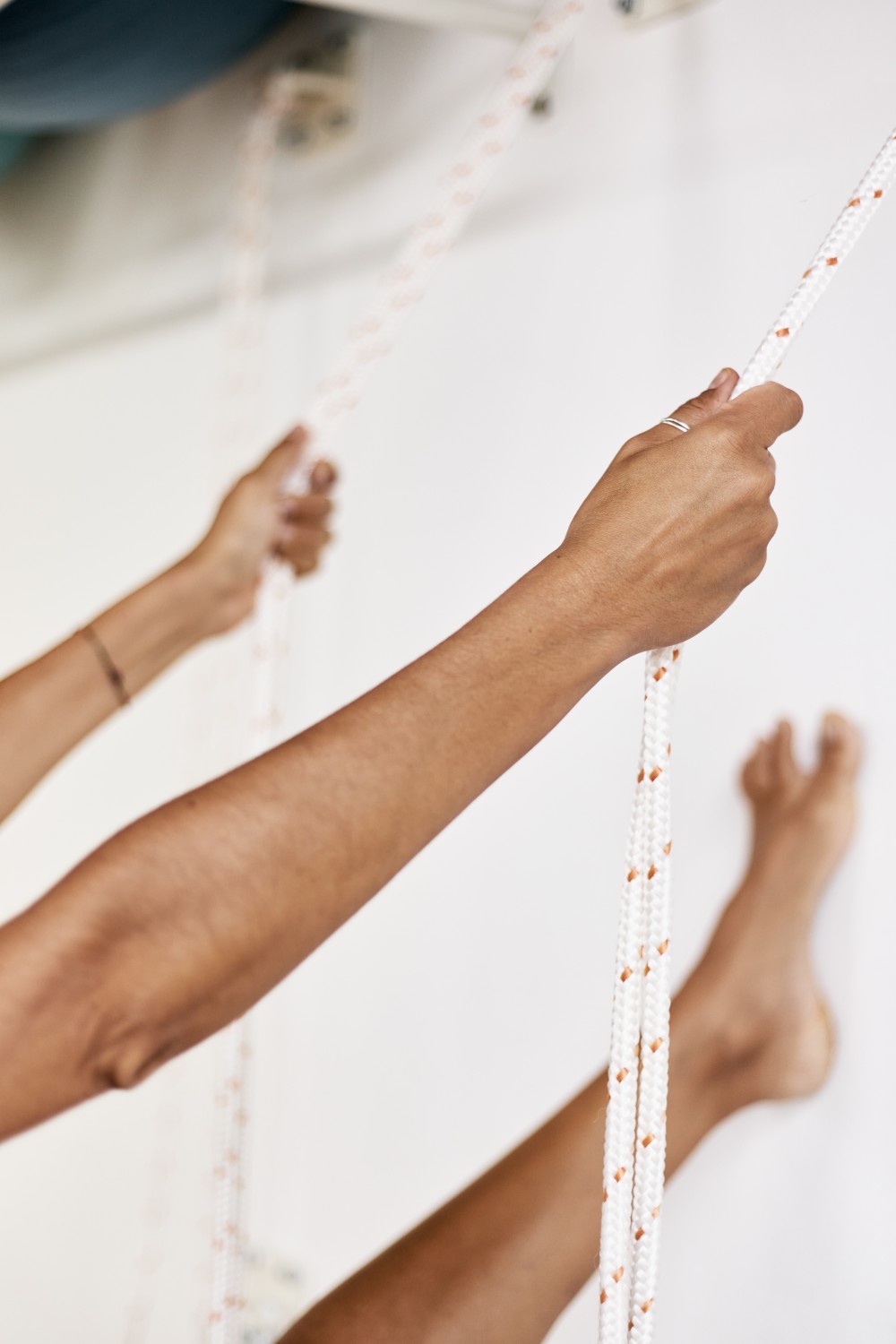
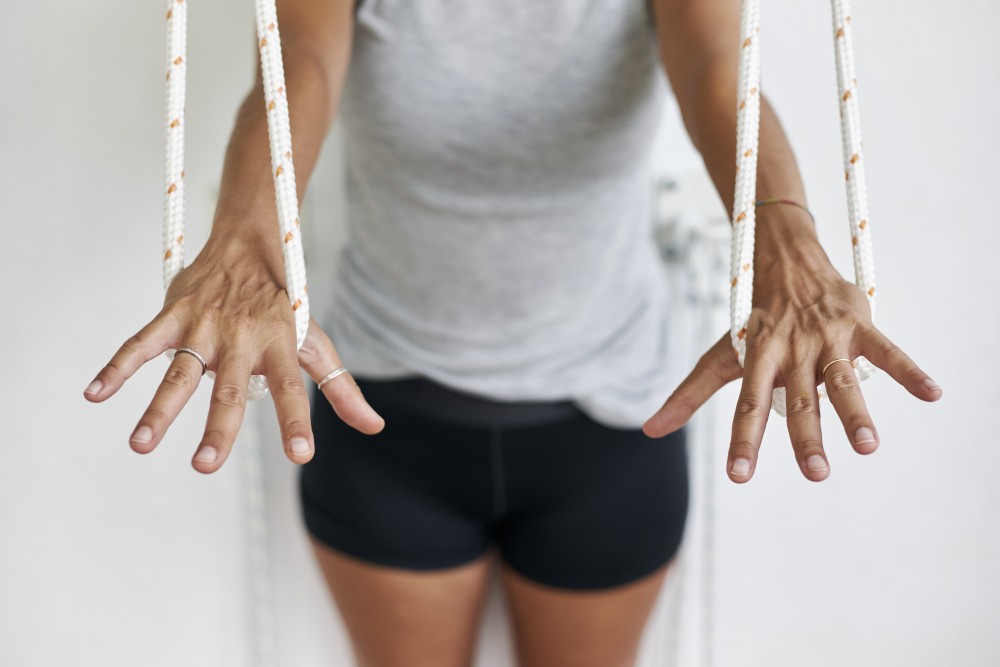
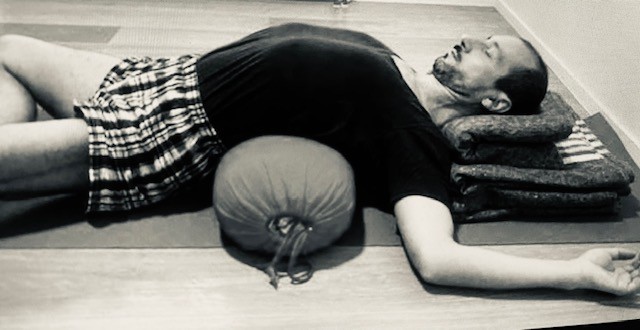
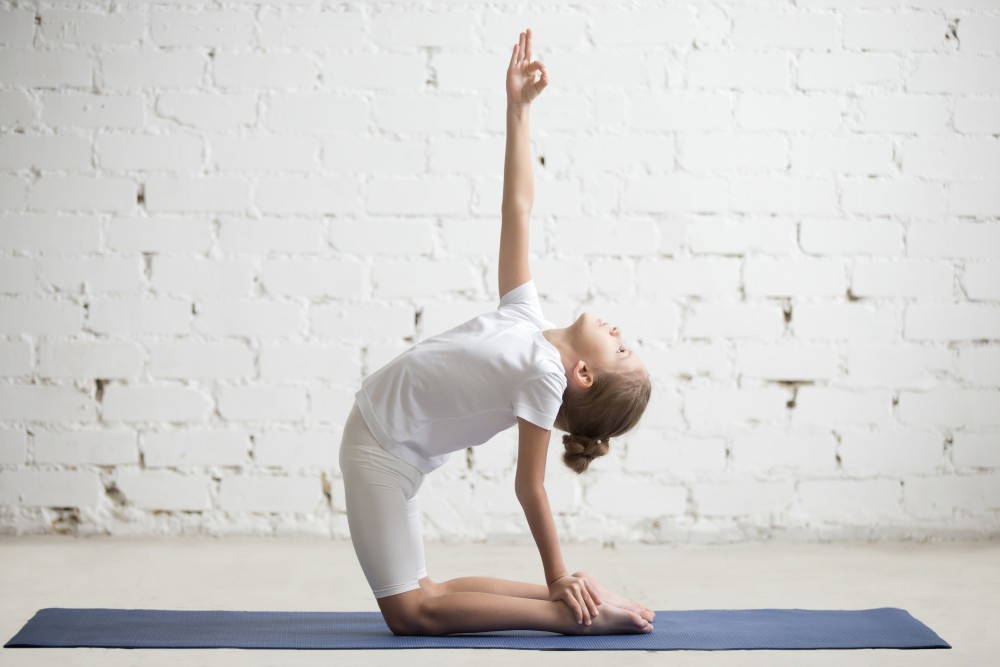
Osteopathy
Osteopathy is a complementary medicine born in the USA in the 19th century, on the initiative of Andrew Taylor Still, who founded the first school of osteopathy in 1892 in Kirksville. One of his students, John Martin Littlejohn, introduced osteopathy to Europe in 1917, by creating the British School of Osteopathy.
The arrival of osteopathy in France occurred at the end of the 1940s, after several unsuccessful attempts. In 1949, a book dedicated to this practice was published by Dr. Lavezzari, who founded the French Osteopathy Society in 1952. At the same time, Paul Gény created the French School of Osteopathy in 1950.
Osteopathy was only officially recognised in France in 2002, in an article of the law n°2003-303 of 4 March 2002. Since then, this complementary medicine has been growing steadily.
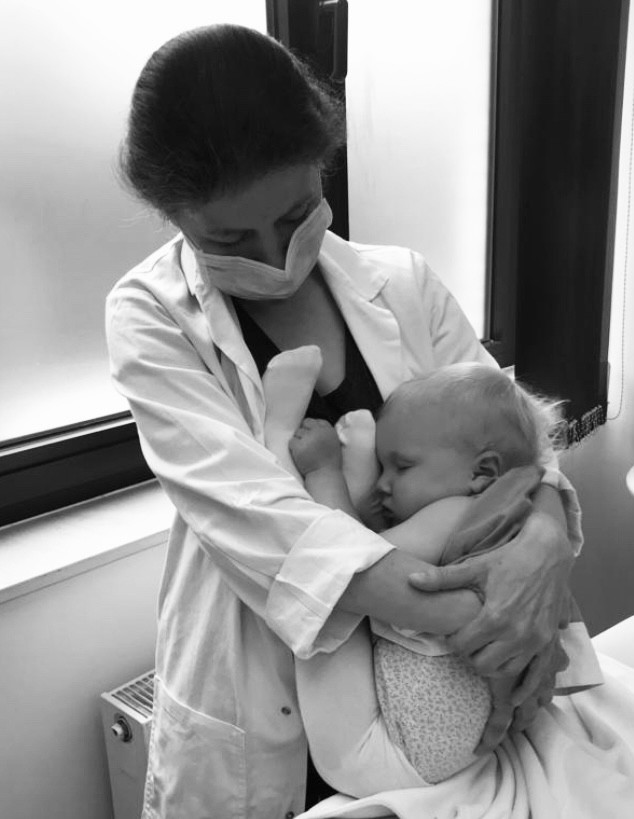
Osteopathy is based on three fundamental principles:
• A manual medicine with the hand as a tool for analysis and treatment
• A holistic medicine, taking into account the individual as a whole
• A principle of tissue balance.
According to these principles, any loss of mobility in a joint, muscle, ligament or organ is likely to cause an imbalance in a person's state of health. Osteopathy consists in seeking out these losses of mobility in order to treat them. It therefore requires in-depth knowledge of anatomy and physiology.
The dysfunction of an element of the body can result from events as diverse as :
• Poor posture;
• Trauma;
• A wrong movement;
• Stress;
• An unbalanced diet;
• The existence of an acute or chronic pathology.
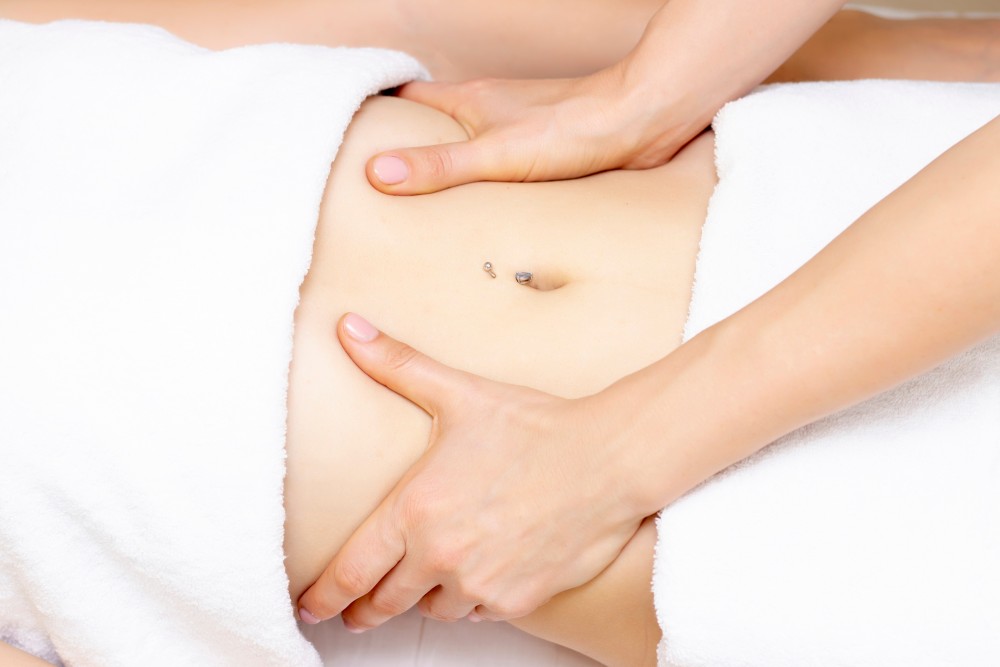
As the human body has a natural tendency to self-balance, an imbalance in one system can spread to other systems, in constant interaction with the initially disturbed system.
Osteopathy first seeks to understand the origin of the symptoms felt by the person, based on a detailed analysis of the different systems of the body. This systemic approach allows us to act on functional disorders and symptoms resulting from imbalances in the different systems.
Paediatric osteopathy takes into account the child's birth history (e.g. umbilical cord around the neck, use of forceps, etc.) and the development of the child (lack of crawling, late walking, etc.) and the adolescent (attention deficit, postural problems, painful periods, etc.).
Osteopathy can also treat problems frequently seen in children such as: difficulty falling asleep or waking up at night, enuresis, constipation and reflux, frequent crying in a baby or young child.
Nowadays, osteopathy has become a valuable therapy that accompanies us throughout our lives.
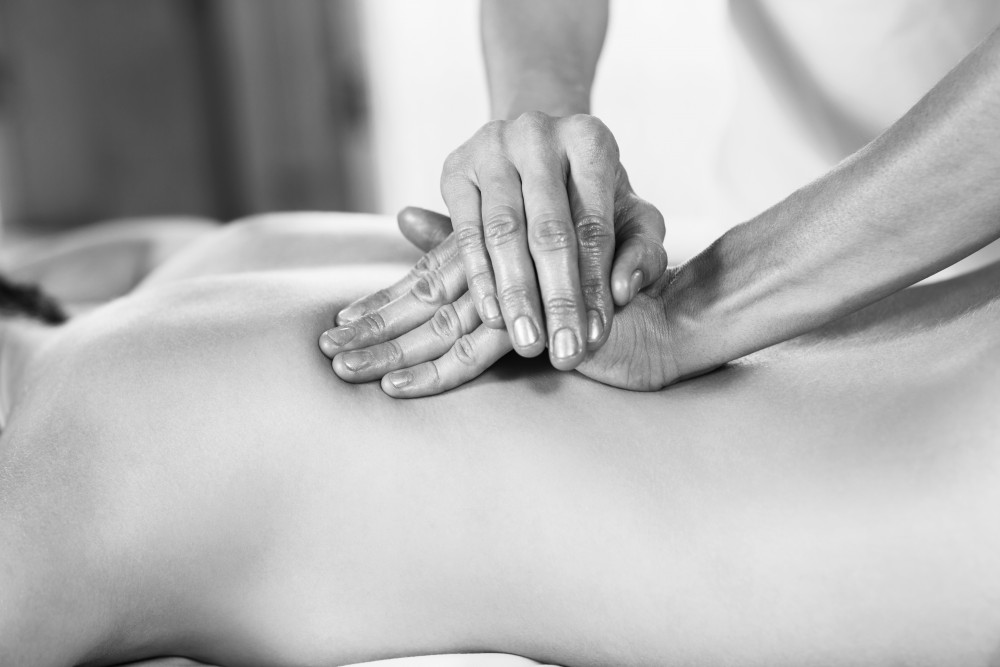
QUESTIONS FREQUENTLY ASKED BY PARENTS:
• Can the child or baby be in pain during the osteopathy session?
No, because the osteopath practices gentle techniques that aim to accompany the tissues (not to constrain them).
Nevertheless, it can happen that the baby or the child cries following the relaxation or that it expresses an emotion repressed in the body.
• How often should I have osteopathic treatment?
When it is a one-off problem, a single session is sufficient.
Between zero and two years of age, the baby can come to the osteopath for growth monitoring at a rate of one session every two months.
In the case of a child who has had breathing problems for some time, it is preferable to start with two to three sessions spaced three weeks apart.
• How long does a session last?
A session lasts from 30 to 60 minutes depending on the reactivity of the tissues, the postural response, etc. At the end of the session, the baby or child adopts a relaxed posture which indicates the end of the session.
Nowadays, osteopathy has become an indispensable therapy that accompanies us throughout our lives.
Singing
The vocal technique Katarina uses is called "Italian-Swedish" and is based on the old Italian masters with a Swedish influence.
It is taught in the United States by David Jones and Patricia McCaffrey who were students of Alan Linquest. Alan Linquest was born in 1891 to Swedish parents and studied in Sweden in 1938 and 1939 with Inge Börg-Isene (teacher of Kirsten flagstad) and later with Joseph Hislop (teacher of Jussi Bjoerling). He was later considered one of the greatest teachers of vocal technique in the United States.
The different aspects of vocal technique.
It is the singing teacher who must guide the singer in learning the technique. All aspects of vocal technique must be taken into account:
- Posture
The knees are slightly bent, the spine is stretched, the shoulders are low and the head is in line with the spine.**- Breath management and support
Caruso said that it takes no more air to have a conversation with friends than to sing an opera aria.
The singer must learn to manage the subglottic pressure.
The rib cage is suspended by the intercostal muscles. This causes the diaphragm to be lowered. It is the pressure exerted by the abdominal muscles (small obliques, large obliques and transverse muscles) that will slowly raise the diaphragm and obtain the pressure necessary to form the sound.
If the inhalation has not been exaggerated, the singer can open the ribcage a little more at the moment of the "attack" of the sound and when he rises in tessitura.
This good management of the subglottic pressure allows the larynx to remain in a low position during the production of the sound.**- The healthy coupling of the vocal cords
The subtle interplay of muscular pressures allows the vocal cords to fit together in a healthy way.- The place of the soft palate
The sensation is often difficult to grasp.
The oval mouth and a slight tension of the zygomatic muscles allows the soft palate to be kept raised, creating the space necessary for the formation of vowels.**- The formation and homogeneity of vowels
The position of the tongue inside the mouth determines the vowel. Vowels are formed in the pharynx at the point where the consonant "G" is formed. They can be seen in the ears.
In order to obtain homogeneous vowels we will use the vowel space "or" for the formation of all vowels.**- The tongue/jaw dissociation
In order to keep the pharynx open in the "or" position, the young singer will learn to dissociate the tongue from the jaw.
In vocal art the jaw should be slightly lowered and slightly backwards (the lower teeth are slightly behind the upper teeth). The tongue and the anterior part of the pharynx must not come into contact.
On the other hand, the tip of the tongue will remain in contact with the lower teeth during the emission of vowels and care must be taken that it does not move backwards so that its base does not crush the larynx.The formation of consonants
They are formed further forward than vowels, with the lips and the tip of the tongue. The consonants "k" and "G" are formed further back.The application of the technique to the repertoire** >
When the singer begins to work on the repertoire, he/she must put into practice the concepts learned in the exercises.
He will be able to vocalise the piece worked on "NG" (also called motto), on the vowel "or", then on the vowels of the piece. Only then will he/she re-establish the consonants.- The notion of projection is dangerous.
The term "projection" is dangerous for a singer. It is necessary to keep in mind that we should not project the voice but let it develop by itself.
When the singer wants to "project his voice" he pushes on his instrument and tightens the muscles of the "throat".Katarina's vocal technique training was complemented by Alexander Technique courses.
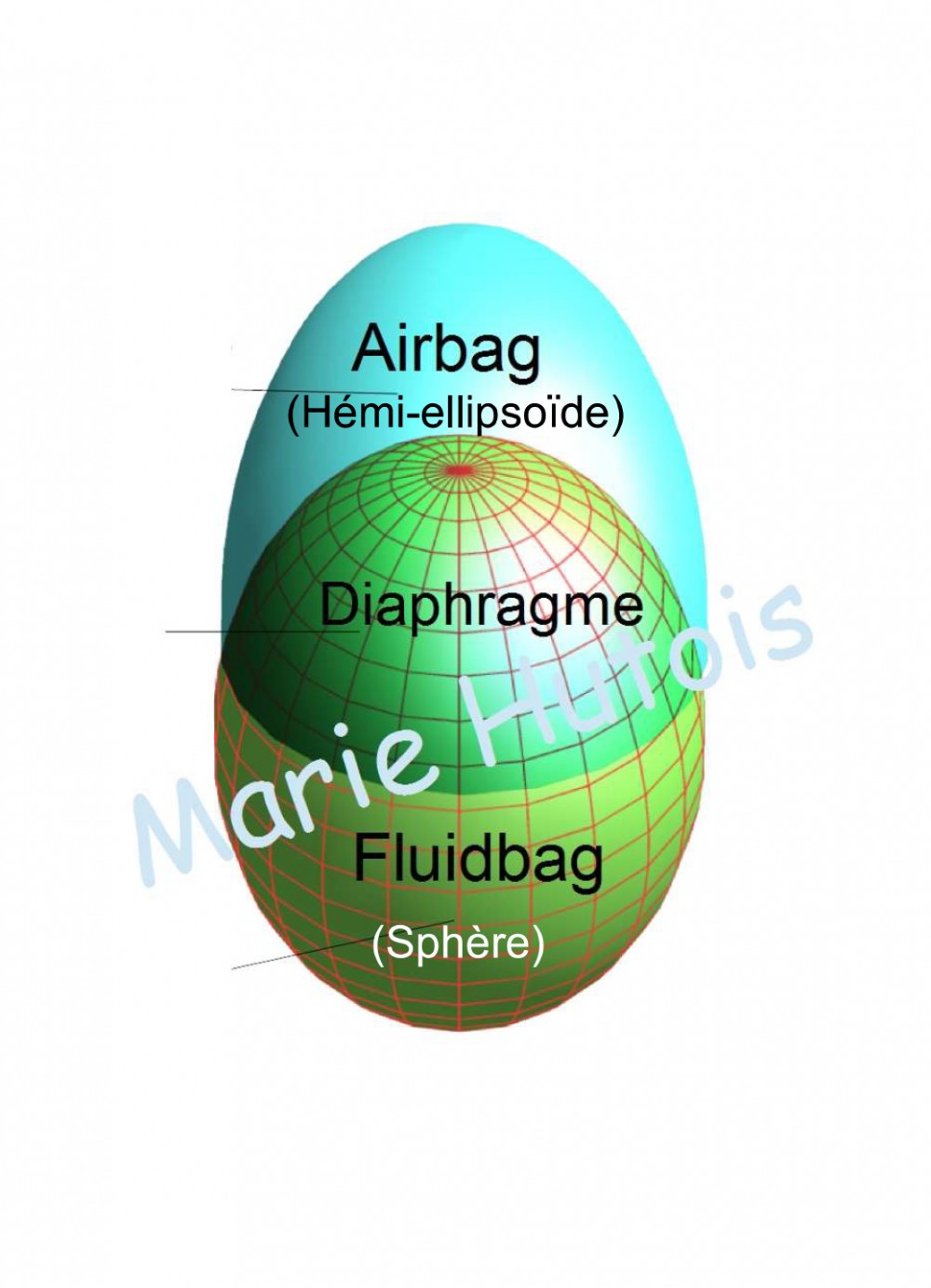
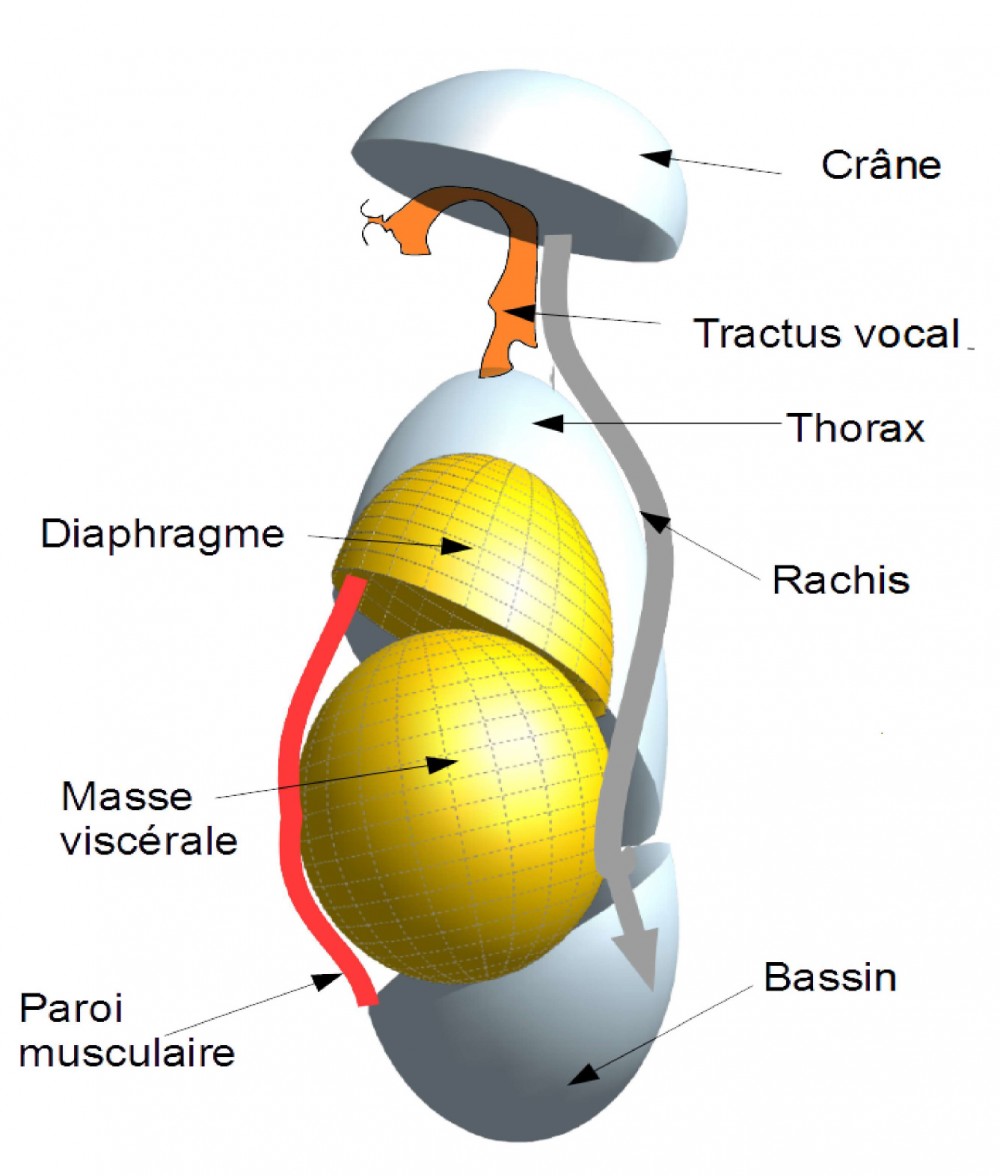
A FEW LINKS
Sophrology
It was invented by Dr Alfonso Caycedo, a Colombian neuropsychiatrist who studied in Spain, in Madrid and Barcelona. In 1960, with the help of a Greek professor, he created the neologism Sophrology.
This word is formed from three Greek roots: sos (serene), phren (brain) and logos (study, science).
The word sophrology can thus be translated as "science of brain harmony".
During a trip to India in 1965, Dr Caycedo brought back the exercises of "Dynamic Relaxation" redesigned from the meditation exercises of yoga, Buddhism and Zen.
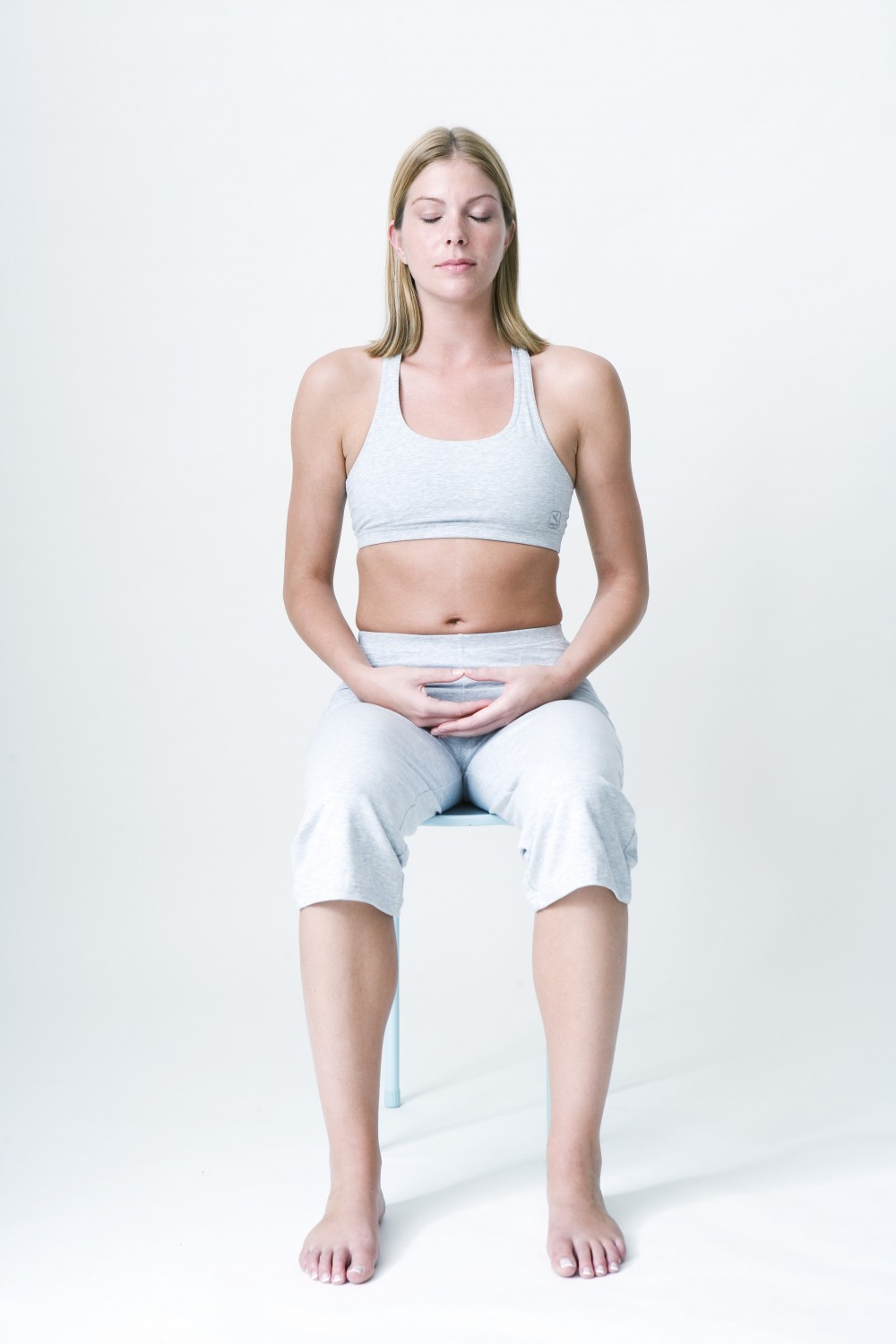
It is a behavioural therapy.
The four basic principles are:**
**1. Integration of the body schema
i.e. having a realistic and acceptable representation of one's body and its limits. This principle encourages one to work on one's own bodily feelings in order to live harmoniously with them.
**2. The principle of objective reality
consists of being as objective as possible in relation to oneself, others and one's environment without making value judgements but simply considering things for what they are.
**3. The principle of positive action
consists of being aware of the consequences of one's actions, trying to retain the positive aspects and valuing them. It is therefore a matter of acting with full awareness to gain self-confidence. It is also the fact that any positive effect on the mind has a positive repercussion on the body and vice versa.
4. The principle of adaptability
is defined as the ability to maintain a positive outlook, manage stress and react creatively to changes and new situations. The principle of adaptability is therefore the facilitation of the process of change proposed by sophrology with regard to the difficulties commonly encountered.
Takes into account the totality of the body and mind, and the abdominal breathing, key to the development of vital energy (loss of self-confidence, anxieties, addictions, phobias, depression, insomnia, pain).
It offers methods and techniques that are easy to implement in daily life.
It combines breathing techniques, muscle relaxation and mental imagery.
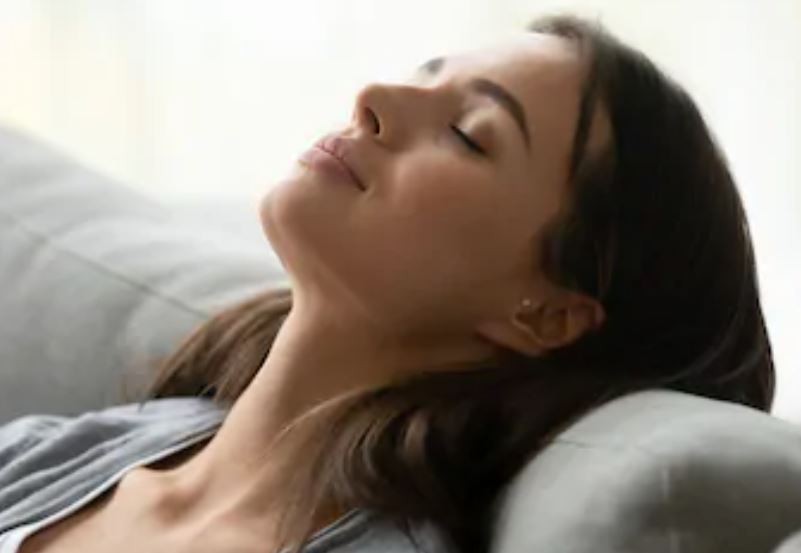
Special situations
Adolescence
Adolescence is a period of transition often synonymous with: difficulty sleeping, lack of concentration, strong emotions, stress, uneasiness or lack of confidence. This period is inevitable! However, sophrology allows adolescents to approach this stage of life more serenely by working on the acceptance of these physical and emotional changes. And consequently to reinforce their confidence, to prepare for an exam, to develop their concentration, to regulate their sleep, to better live their body
Sleep
Sophrology helps people who have difficulty falling asleep or waking up at night. It is effective when it is a light disorder, due to a tiring and stressful lifestyle or bad habits at bedtime.
Each of these disorders can be treated with relaxation and breathing exercises. In addition to these, there are techniques for futurisation to prepare for the night with pleasure.
It is often necessary to work on the anxiety of going to bed, generated by repeated insomnia.
Stress
In situations that generate stress, sophrology teaches you to let go of annoyances and better manage your emotions. Sophrology helps people to cope better with stressful situations, such as work overload, loss of meaning, fear of organisational changes.
It is a tool for improving the collective, group work and team cohesion.